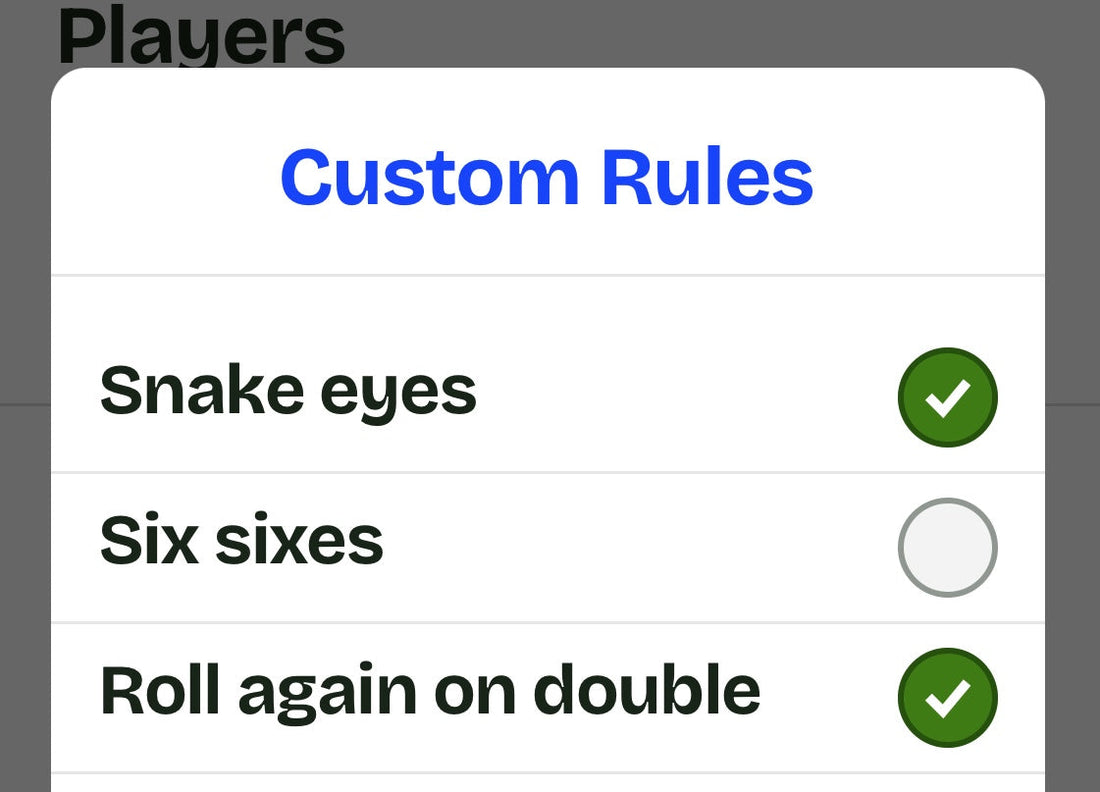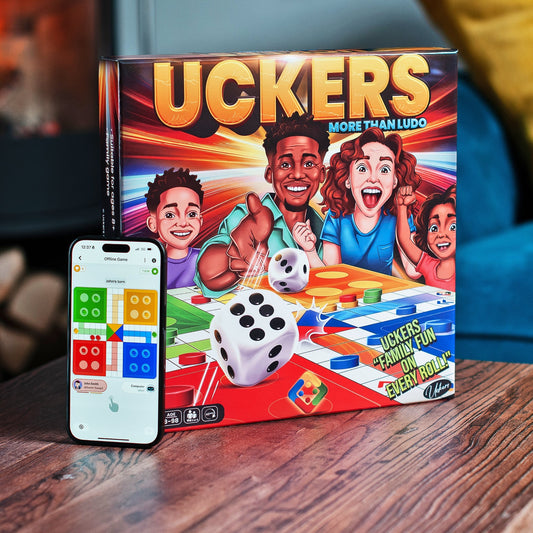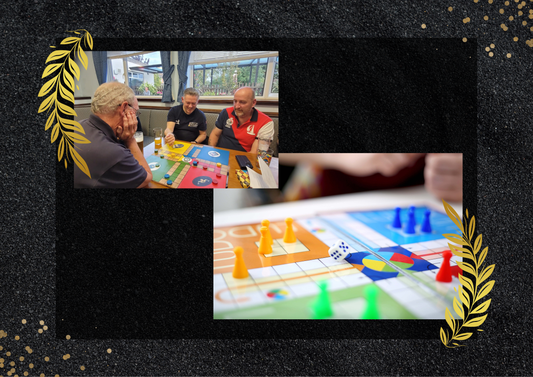
One of the most polarising subjects in the Armed Forces is the subject of which rules to play when getting the Uckers board out! At Uckers.com, we have taken the most popular ones and have made them selectable at the start of the game. Here is an explanation of the seven that we have included in the digital version of the game.
- Snake Eyes All Out/Snake Eyes Back In
Before the first player rules their dice, if they call out "Snake eyes all out", then both players have the potential to bring out all of their pieces onto the board if they throw a double one on the first throw only. This rule should be agreed by both players before the start of the game.
To remove an opponent’s counter or blob already in their home channel, a counter must first be positioned on the square at the foot of the channel.
- As with normal challenges, a counter cannot be moved into position and begin a Suck-Back on the same turn.
- Once a counter is positioned, a player can elect to attempt Suck-Back BEFORE throwing the dice by announcing “Suck-Back on ‘x’” where ‘x’ is the number of squares your opponents counter is up the channel (counting from the challenging counter).
- To succeed a player must then throw that number on either dice or in total.
- In addition, if the opponent player has two single counters in the channel, then only one is elected. However, if both dice thrown correspond to two separate opponent’s single counters in the channel, then both are Sucked-Back and placed back into base.
- Whatever the Suck-Back throw achieves, the challenging player moves one square round the board and their turn is over.
- If two counters in the channel are in a blob, then both counters must be removed at the same time with the correct double thrown.
- Suck-Back cannot be attempted on a three-counter blob.
- A player cannot reach over a blob in the channel to Suck-Back a single counter closer to home. However, a single counter can be Sucked-Back if it is closer than the blob.
- If the player who is attempting the Suck-Back has a blob on the foot of the channel, then only one counter moves on one square, not both, thus splitting the blob and providing a second chance at a Suck-Back.
- Mixie-blobs cannot suck back.
- If a player throws a six during a Suck-Back attempt, it cannot be used elsewhere in the game and does not denote another turn.
- A player cannot use the non-contributing dice to move another counter on the board.
Take some time to familiarise yourself with this rule - it really is a game-changer!
- The player with a counter in the channel announces “Blow-Back” and the requisite number of squares back to the base square of the channel and the opponent’s counter
- If successful with either die or the total of both dice the opponent’s counter is sent back to base and the challenger’s counter is moved to replace it at the base of the channel.
- If a player fails to Blow-Back, they remain on the same square.
- As with Suck-Backs, if there is a two counter blob at the base of the channel, a player must throw a double of the requisite number to succeed.
- Blow-Backs cannot be attempted on a 3- or 4- counter blob.
- A player can Blow-Back a mixie-blob, as it only counts as a single counter.
- If a player throws a six, it cannot be used elsewhere in the game and does not denote another turn.
- A player cannot use the non-contributing die to move another counter on the board.
A running hack is where a player can use the same counter to knock off two of their opponent’s counters using the two values on the dice.
The Uckers.Com video on rule variations
For a more graphic explanation of these rules, together with imagery on how these are actually played, why not check out our video on rule variations on YouTube - https://www.youtube.com/watch?v=ZfiQemIvA50&t=24s





2 comments
Is there a best time to search for other players to play online. Does anybody organise competitions etc?
A further rule I used to play with in the navy was when a blob of 2 can be taken by another blob of 2 if the correct double is thrown. For example if the double blob is 3 behind the opponents blob of 2 and a double 3 is thrown. But this can only happen if the blob is a 3 stack only. Would be good to see this incorporated in the online version.